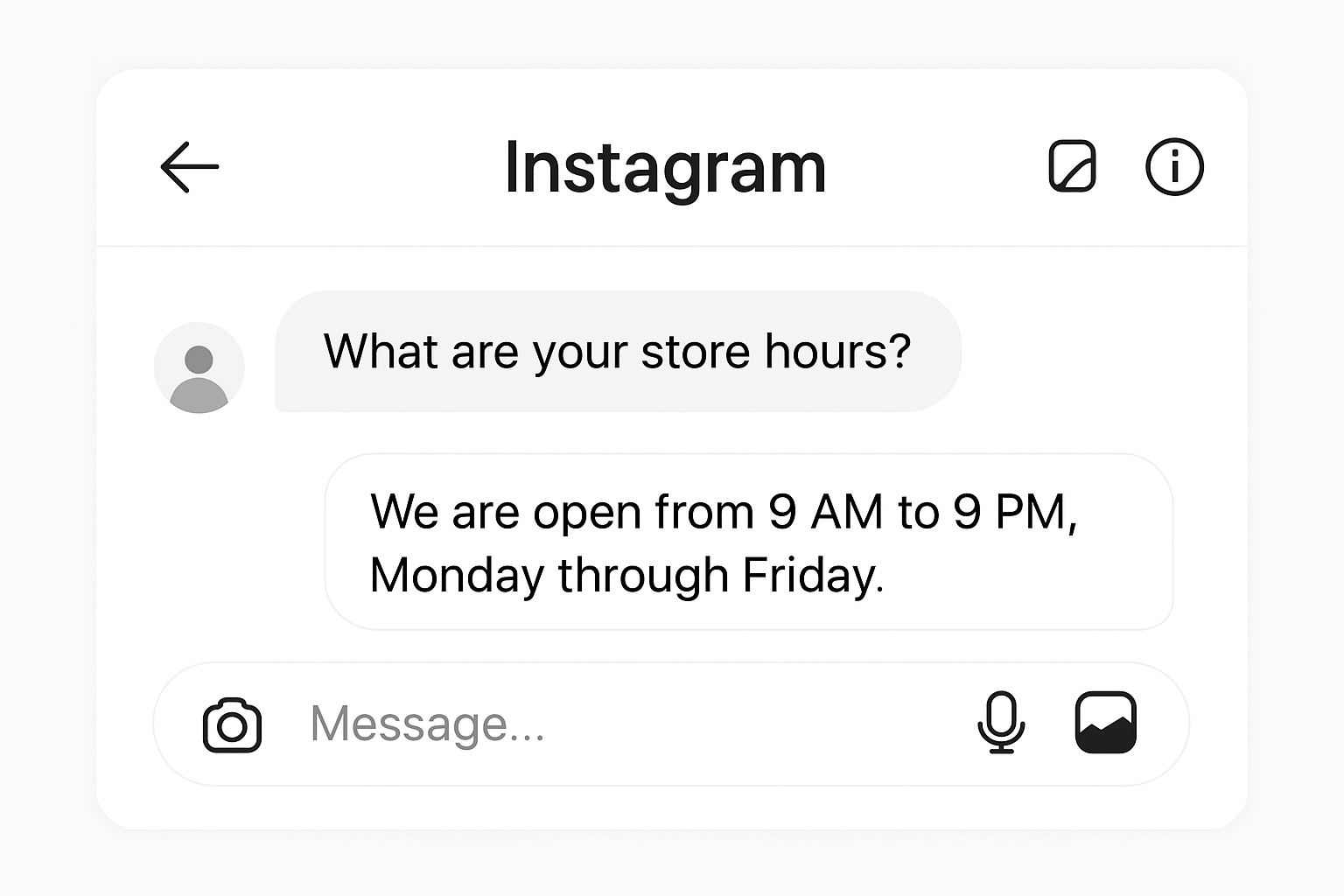Understanding RESTful APIs: A Comprehensive Guide
An RESTful API allows two computers to share information over the internet safely.
The present digital scene depends much on RESTful APIs since they enable smooth communication between many software applications. Knowing the fundamentals of RESTful APIs becomes crucial since companies rely on technology increasingly to improve their operations. In this book, we shall explore RESTful APIs, how they work, their constituents, advantages, and authentication techniques.
Explain a RESTful API
A RESTful API (representational state transfer application programming interface) allows internet-based communication between two computer systems. It lets programs effectively and securely swap data.
Many business apps need interaction with other internal and outside systems to accomplish different functions. For example, creating monthly payslips calls for data exchange between the customer’s banking system and the internal accounting system. Likewise, timesheet management and invoicing automation call for collaboration across several platforms. Restful APIs guarantee security and dependability and offer a consistent approach to enable this data flow.
What Is an API?
An application programming interface, or API, sets the guidelines and standards by which software systems must abide to interact with one another. To enable other programs to interact statistically with their software programmatically, developers construct or expose APIs.
For instance, think of an API-containing timesheet application. This API can ask for a precise date range and an employee’s name. After learning this, the application runs the timesheet and reports the hours worked. A web API is a portal via which consumers can access internet-based resources.
Resources: Data Shared via APIs
Resources are the facts and information different programs provide for their users. Images, movies, text, numbers, or any other kind of data can all be included among these materials. The machine giving the client these resources is the server.
While keeping control, security, and authentication, companies use APIs to exchange resources and offer web services. APIs also enable customers to identify which particular corporate resources they can access.
Rest Architecture’s Fundamental Ideas
The REST architectural style is defined by several guidelines, including:
- An essential component of RESTful web services, the uniform interface guarantees that servers consistently transmit data. This structure, sometimes referred to as a representation, can vary from the internal server view of the resource. A server might, for instance, save data as plain text but transmit it as HTML.
- Under a layered architecture, clients can interact with approved intermediaries between themselves and the server, getting answers from the server as though they were personally connected. By passing requests to other servers, servers enable the RESTful web service to run across several layers—security, application, and business logic among different levels.
- RESTful web services allow clients or intermediaries to store responses, improving server response times. If a website has common header and footer graphics on every page, the client can cache these images after the first request, saving the server from resending them on further visits. RESTful services indicate whether API replies are cacheable or non-cacheable, hence regulating caching.
- Sometimes, servers may enhance or customize client capability by sending executable code. For instance, when you complete a registration form, your browser could underline mistakes like an erroneous phone number. The code the server gave makes this capability available.
The advantages of RESTful APIs
Many developers and companies choose RESTful APIs as they provide so many benefits. Among these advantages are several:
Scalability
The design concepts of the rest of the APIs help them scale effectively. Statelessness lessens server burden by removing the requirement for servers to save client request data. Good caching can totally or partially replace some client-server exchanges. These capabilities help to prevent communication bottlenecks that might compromise performance and support scalability.
Variability
RESTful web services help to separate clients from servers. This decoupling lets various server components grow apart on their own. Modifications to server applications do not always impact client applications, increasing flexibility. Further expanding this adaptability is the ability to stack application functions, which lets developers change the database layer without rewriting the application logic.
Independence
REST APIs exist apart from the implementation technology. Client and server applications can be developed in several programming languages without influencing the API design. Organizations can also switch the fundamental technology on either side without affecting correspondence.
How Do RESTful APIs Work?
A RESTful API operates fundamentally like an online browsing tool. When a client needs a resource, it makes API contact with the server. Documentation offered by API developers helps customers maximize the REST API.
Making a REST API call usually consists of multiple steps:
- Formatting their request to the server based on the API documentation, the client requests something.
- The server verifies the client to be sure it possesses the required rights to make the request.
- The server answers the request internally.
- The server answered the client, asking whether the request was successful and supplying any requested information.
Although the design decisions of the developers will affect the details of the REST API request and response, this overall procedure stays constant.
Last Thought
In today’s linked world, RESTful APIs are vital tools for communication across several software systems. Understanding RESTful APIs’ ideas, components, advantages, and authentication techniques can help developers and companies make effective, scalable, and safe applications using these potent interfaces. RESTful APIs will always be a pillar of current software development as companies change in the digital terrain since they provide the foundation for flawless interactions across several systems.
FAQs
What does a RESTful API do?
RESTful APIs are online offerings with a REST architectural style. It lets customers change server resources over an internet connection across different systems. RESTful APIs move resources using HTTP techniques, including GET, POST, PUT, and DELETE. With this standardized approach, developers could build and combine apps more readily, facilitating data flow and platform interaction.
What main advantages exist from RESTful APIs?
RESTful APIs are becoming relatively common for web services. Restlessness and caching of REST help systems to scale without being overwhelmed by client inquiries by improving performance. Restful APIs encourage flexibility by letting servers and clients grow apart. Thus, Technical or implementation changes do not call for adjustments on the other. Lastly, developers are rather popular since they can rapidly construct and understand REST APIs—which employ standard HTTP techniques.
How do RESTful APIs make sure it’s real?
Before making requests, RESTful APIs have to verify customers. RESTful APIs apply several methods of authentication. While Bearer Authentication calls for clients to present a token generated upon login, clients send their username and password in the request header for Basic Authentication. When clients access resources, API keys provide them with a distinct identity to help them authenticate. OAuth is safer since it generates client-server trust using passwords and tokens.
What kinds of HTTP methods do most RESTful APIs use?
RESTful APIs interface resources using several HTTP techniques. GET lets consumers access resources by gathering data from the server. Posting data to the server generates a resource. The PUT approach changes server resources; the DELETE approach lets users delete them. These HTTP techniques simplify the interaction model by letting consumers regularly indicate their goals to the server.
How to respond to RESTful APIs?
A RESTful API generates a methodical answer with numerous essential parts. The response begins with a three-digit status code—e.g., 200 for success, 404 for not found. Along with the status code, the response has headers covering content type and server information. Usually, the customer gets the requested data in the message body through JSON or XML. Customers may easily understand the response and follow this methodical approach for requests.

















